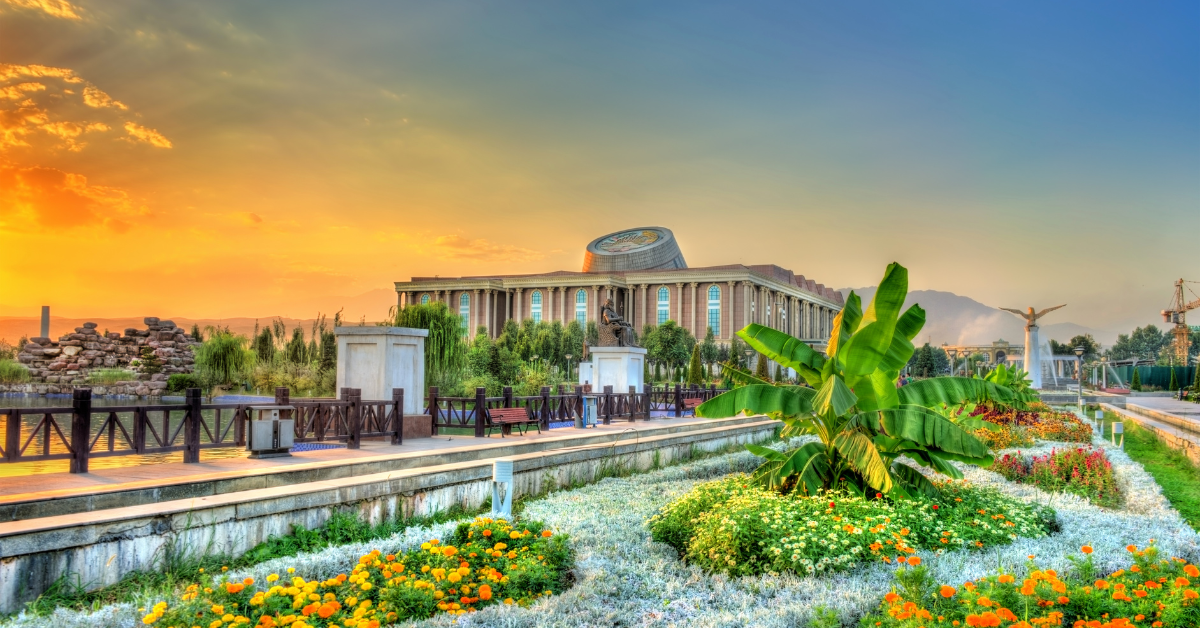Tajikistan is a country in Central Asia, usually written in katakana in Japanese. However, in Chinese characters it is represented as “塔吉克斯坦,” a phonetic transcription. For many Japanese, Tajikistan is a distant yet fascinating land, known for its mountains, Silk Road history, and cultural diversity.
- The Chinese Character Notation of Tajikistan: “塔吉克斯坦”
- The Image Japanese People Have of Tajikistan
- General Impressions of Tajikistan Among Japanese People
- Sports in Tajikistan and Its International Presence
- Popular Sports in Tajikistan and Their Characteristics
- Culture and Everyday Life in Tajikistan
- Cultural Features of Tajikistan and Japanese Impressions
- Conclusion
The Chinese Character Notation of Tajikistan: “塔吉克斯坦”
In Chinese, Tajikistan is written as “塔吉克斯坦.” This is a phonetic transcription that prioritizes sound rather than meaning.
- Official name: 塔吉克斯坦 (Tōkichikusutan)
- Characters are used phonetically, not semantically
- Commonly found in Chinese diplomatic documents and official embassy records
Although rarely used in Japan, this system of phonetic transcription is typical in Chinese character cultures, and Tajikistan follows this tradition.
The Image Japanese People Have of Tajikistan
The impression Japanese people hold of Tajikistan is multifaceted. It is shaped by aspects of tourism, history, politics, and sports.
A Mountainous Country Rich in Nature
Over 90 percent of Tajikistan’s land is mountainous. The Pamir Plateau is even called the “Roof of the World.” With its environment suited to climbing and trekking, Japanese people often see it as an exotic and adventurous destination in Central Asia.
A Crossroads of History and Culture
As a major stop along the Silk Road, Tajikistan has been home to diverse cultural exchanges. For Japanese people, it is recognized as a place of deep history and cultural fusion.
Impressions of Politics and Security
The memory of the post-Soviet civil war still lingers, and some Japanese associate Tajikistan with instability. However, in recent years, stability has increased, and the country is seen as holding potential for tourism and investment.
General Impressions of Tajikistan Among Japanese People
| Aspect | Japanese Impressions |
|---|---|
| Natural Environment | Mountainous, mysterious landscapes |
| Culture | Silk Road, Islamic influence |
| Tourism | Trekking, historical exploration |
| Sports | Wrestling, judo, soccer |
| Security | Memories of civil war, instability |
| Relations with Japan | Limited information, distant image |
Sports in Tajikistan and Its International Presence
Tajikistan demonstrates its presence in the international community through sports. Wrestling and soccer, in particular, are deeply popular among the people.
Strength in Combat Sports
Tajikistan has achieved results in wrestling, judo, and boxing, even winning Olympic medals. Its mountainous environment and traditional sports contribute to the development of physically strong athletes.
Soccer’s Popularity
Soccer is the most popular sport in the country. Tajikistan has a domestic league, and its national team aspires to qualify for the World Cup. Soccer serves as a unifying force, especially for the younger generation.
Sports Exchange with Japan
Judo, originally from Japan, has become a cultural bridge between the two countries. Through international competitions and coaching exchanges, sports strengthen ties between Tajikistan and Japan.
Popular Sports in Tajikistan and Their Characteristics
| Sport | Characteristics |
|---|---|
| Wrestling | Traditional, highly popular nationwide |
| Judo | Introduced from Japan, steadily spreading |
| Boxing | Produces international-level athletes |
| Soccer | Widely loved, domestic league established |
| Athletics | Training environment shaped by mountains |
Culture and Everyday Life in Tajikistan
One reason Japanese people are interested in Tajikistan is its unique culture and daily life.
Cuisine
Tajik cuisine reflects the Silk Road’s diversity. It emphasizes meat dishes and bread, offering flavors that are relatively approachable for Japanese travelers.
Religion and Customs
Islam is the main religion, deeply influencing daily practices and festivals. For Japanese visitors, this provides a powerful cross-cultural experience.
Education and Youth Culture
Education is widespread, and in urban areas, many young people aspire to study abroad. This international outlook creates opportunities for deeper connections with Japan.
Cultural Features of Tajikistan and Japanese Impressions
| Aspect | Features | Japanese Impressions |
|---|---|---|
| Cuisine | Meat-based, bread-centered | Simple and familiar |
| Religion | Islam as the majority faith | Fascinating cultural difference |
| Traditional Dress | Embroidered garments | Colorful and beautiful |
| Music | Use of folk instruments | Exotic and distinctive |
| Education | Youth aiming to study abroad | Hope for future exchanges |
Conclusion
Tajikistan is written in Chinese characters as “塔吉克斯坦,” based on a Chinese phonetic transcription. While the notation is rarely used in Japan, it appears internationally. For Japanese people, the country is recognized for its natural beauty as a mountainous state, its role along the Silk Road, and its athletic achievements in wrestling and soccer.
At the same time, memories of past conflict and instability persist. Yet through cultural and sports exchanges, the distance between Japan and Tajikistan is gradually narrowing.
As a nation with hidden charm and untapped potential, Tajikistan is likely to draw more attention in the future.






